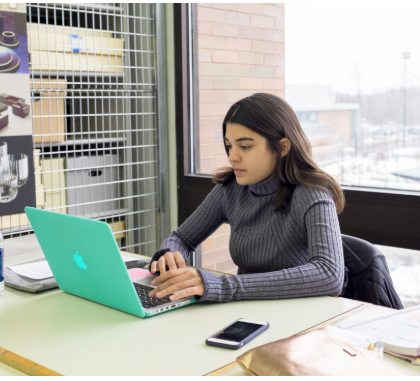As academic expectations grow and digital learning continues to evolve, many students are at increased risk of burnout. Academic burnout is a state of emotional, mental, and physical exhaustion caused by prolonged stress related to schoolwork. In 2025, avoiding burnout means finding a balance between academic responsibilities and personal well-being. With proper strategies, students can protect their health while still achieving their academic goals.
One of the first steps to preventing burnout is creating a manageable schedule. Students should prioritize tasks using a planner or digital calendar, breaking larger projects into smaller, more achievable steps. This not only reduces stress but also creates a sense of accomplishment as students track their progress over time. Color-coding subjects, setting reminders, and allocating dedicated study blocks can further support time management and minimize last-minute cramming.
Taking regular breaks is just as important as studying. Following techniques like the Pomodoro method—working for 25 minutes followed by a 5-minute break—helps maintain concentration and prevents fatigue. Short walks, stretching, or a few minutes of deep breathing can recharge mental energy and improve focus. Brain breaks also offer students a chance to reset, reducing the buildup of academic pressure throughout the day.
Another key strategy is setting realistic goals. Students often experience burnout when they aim for perfection rather than progress. Setting achievable academic targets and celebrating small wins along the way can improve motivation and build resilience. For example, instead of striving for a perfect grade on every assignment, students can focus on improving their understanding or seeking consistent improvement. Learning to say “no” to extra commitments when feeling overwhelmed is also a valuable part of self-care.
Maintaining a healthy lifestyle supports both academic performance and mental health. Getting adequate sleep, eating nutritious meals, and staying physically active all play essential roles in managing stress. In 2025, with many students learning in hybrid or online formats, it’s even more important to create structured routines that support healthy living. Regular sleep schedules, balanced screen time, and hydration can make a big difference in daily focus and energy levels.
Connection with others can help reduce feelings of isolation. Talking to friends, family members, or teachers about academic pressures provides emotional support and often leads to helpful advice. Group study sessions, peer mentoring programs, and school clubs offer social interaction that can relieve stress and make learning more enjoyable. Schools may also offer counseling or wellness resources to help students cope with stress and build positive coping mechanisms.
Mindfulness practices, such as journaling or guided meditation, help students stay present and manage anxious thoughts. These practices encourage a calm, balanced mindset and offer students tools for emotional regulation during busy or overwhelming periods. Apps focused on mindfulness, gratitude logs, and breathing exercises can be easily incorporated into a student’s daily routine.
In addition, students should recognize signs of burnout early. These might include constant fatigue, irritability, lack of motivation, or falling behind in schoolwork. By addressing these warning signs promptly, students can seek support and adjust their routines before stress becomes overwhelming.
Teachers and parents can play a vital role in preventing burnout by fostering open communication and recognizing when a student may be struggling. Offering flexibility when possible, encouraging balance, and praising effort over perfection all contribute to a supportive environment where students feel empowered.
In summary, avoiding academic burnout in 2025 requires intentional planning, healthy habits, and emotional support. By staying organized, setting boundaries, and prioritizing self-care, students can protect their well-being while reaching their academic goals. A balanced approach leads to more sustainable success in school and beyond. As educational demands evolve, so should students’ strategies for maintaining a positive and productive learning experience.


